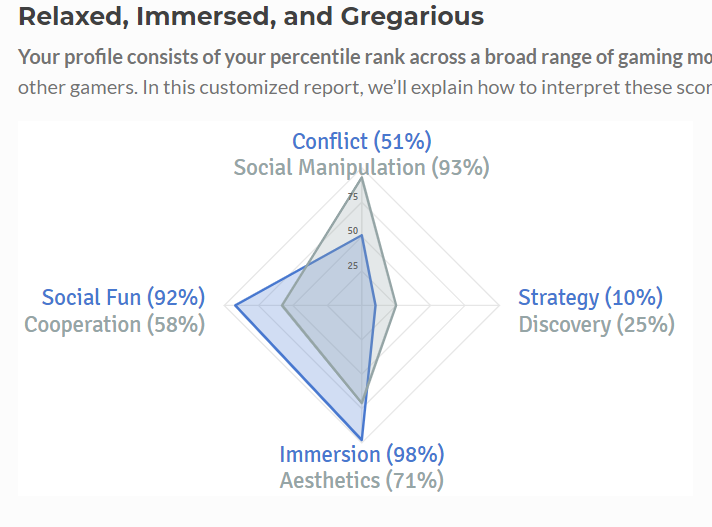This week, we played two games during the
class session. They are called Incan Gold and Can’t stop. For the Incan Gold,
the whole round has five small rounds, for each small round, players will
decide to continue their adventure to gain more golds or quit to make sure they
do not lose their golds for this small round. After these five small rounds,
the player who owns the most golds win the game. For the Can’t stop, players
had to roll four dices and add each two of them up as they want. Players will move
their pawns based on the numbers (sum) they get, each number has a column and
the player who reaches the top of any three number’s columns will win the game.
During the class session, our group first
played the game Incan Gold. I think the hardest point of playing Incan Gold is
you need to think whether to take risks to gain more golds or quite to maintain
your golds, and you also need to think what other players will do. For example,
in the second small round, one of our group members decided to quit when we met
the first hurdle, because the rule is if you met the same hurdle twice, you will
die and you will lose all the golds you gain during this small round. Me and
another player decided to continue until we met the second hurdle, but this is
not the same as the first hurdle. So, another group member decided to quit because
we already met two different hurdles, and the risk of continuing becomes double.
However, I am a person who likes to take risks, so I chose to continue,
fortunately I gained 11 more golds in the next scene, since I was the only
player left, I got all the 11 golds. However, on the fourth round, I lost all my
golds for the round because I took the risks.
For the game Can’t stop, I think the hardest
point is also to make a good strategy of taking risks. In this game, there are
some short columns like 2 and 12 which only have 3 or 4 steps to win, but 2 and
12 are very difficult to get. There are also some long columns like 6,7, and 8,
which need 8,9 or 10 steps to win. So, making a good strategy about the
combination of high-risk columns and low-risk columns are very important. One
of our group members did a great job on this, he chose the columns of 4, 8, and
12, which included high-risk column (12), low-risk column (8) and the middle-risk
column (4), and he won this game during the session.
I think these two games went very well in our
group. We all had a great time during the class sessions. As the same of other
classmates said, I also think that Incan gold might be a little bit more interesting
than Can’t stop since it has a sense adventure but not just count the sum of
two dices.
I think the leadership aspects of these two
games are the ability to keep calm thought and the courage to take risks. As a
leader, you must keep a calm thought when you make choices because your decisions
will influence not only you but the people around you. Leaders should always
make the choices based on the situation they are in, so it is important to keep
calm when you make choices. A leader also needs to have the courage to take
risks when it is necessary, because leaders should always take the responsibility
of failure.


